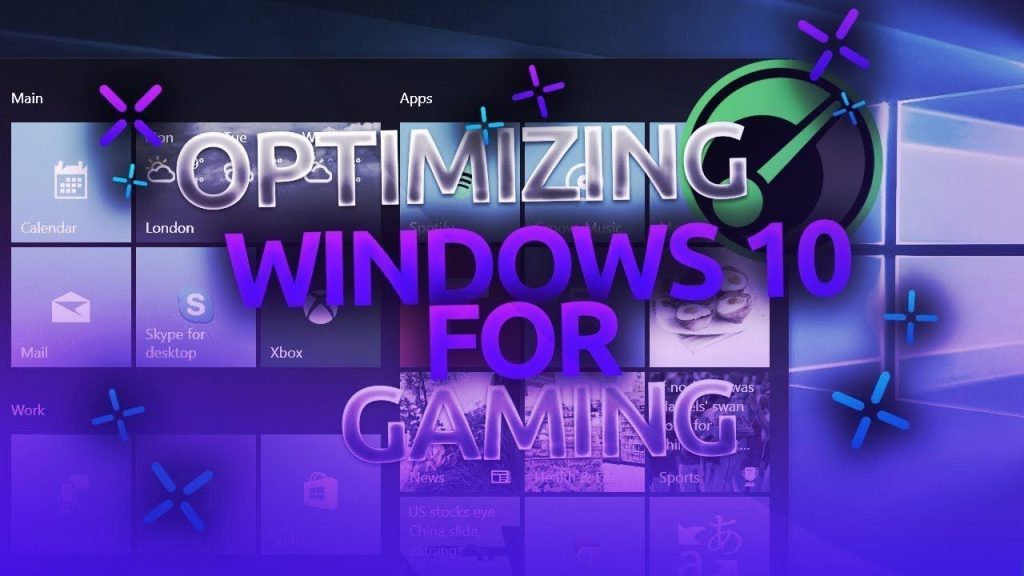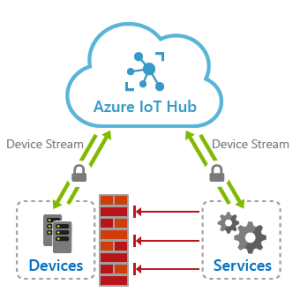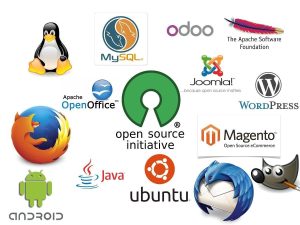
How to Optimize Your Computer for Online Gaming
Introduction
Online gaming has become incredibly popular in recent years, with millions of players engaging in various genres and competitive matchups. To truly immerse yourself in the virtual realms and gain a competitive edge, it’s essential to ensure your computer is optimized for online gaming. In this article, we will explore some vital steps to enhance your gaming experience.
1. Upgrade Your Hardware
Before delving into software optimizations, it’s crucial to evaluate your computer’s hardware. Investing in hardware upgrades can significantly boost gaming performance. Some key components to consider upgrading include:
Graphics Card: A powerful graphics card is paramount for smooth gameplay, rendering high-quality visuals, and enabling advanced effects.
Processor (CPU): Online games can be CPU-intensive, so investing in a speedy processor can improve game responsiveness and reduce lag.
Memory (RAM): Adequate RAM is crucial for running games smoothly. Upgrading to at least 8GB or preferably 16GB can help eliminate performance bottlenecks.
Storage: Consider upgrading to a solid-state drive (SSD) for faster load times and smoother gameplay.
2. Update Drivers and Firmware
Outdated drivers can cause compatibility issues and hinder gaming performance. Regularly check for driver updates for your graphics card, motherboard, and other hardware components to ensure optimal performance. Firmware updates for peripherals such as keyboards, mice, and controllers should also be considered.
3. Optimize Your Operating System
An efficiently running operating system is essential for optimal gaming performance. Consider the following steps:
Operating System Updates: Ensure your operating system is up to date with the latest patches and security fixes.
Disable Unnecessary Services: Disable unused startup programs and services to free up system resources and reduce background tasks.
Adjust Power Settings: Modify power settings to prioritize performance over energy-saving features.
Remove Bloatware: Uninstall unnecessary software that may be running in the background and consuming system resources.
4. Optimize Network Connection
Online gaming heavily relies on a stable and fast network connection. Consider the following optimizations:
Wired Connection: Whenever possible, use an Ethernet cable for a more stable and reliable connection, as it reduces latency and minimizes packet loss.
Router Placement: Position your router in a central location to ensure optimal coverage and eliminate potential interference.
Quality of Service (QoS): Enable QoS settings on your router to prioritize gaming traffic over other activities that may consume bandwidth.
Close Background Applications: Close bandwidth-intensive applications running in the background, such as torrent clients or streaming services, to free up network resources.
5. Optimize In-Game Settings
To maximize performance while gaming, consider adjusting in-game settings:
Resolution: Lowering the resolution can significantly improve FPS (Frames Per Second), resulting in smoother gameplay.
Graphics Quality: Adjusting graphics settings to a balance between visual quality and performance can optimize your gaming experience.
Disable V-Sync: While V-Sync synchronizes the frames with your monitor’s refresh rate, it can introduce input lag. Consider disabling it for games with fast-paced action.
Update Game Patches: Keep your games up to date with the latest patches and optimizations released by developers.
Conclusion
By following these optimization steps, you can enhance your computer’s capabilities for online gaming. Upgrading hardware, keeping drivers up to date, optimizing your operating system, network connection, and in-game settings can help you achieve smoother gameplay, reduced lag, and an overall improved gaming experience. So, get ready to dominate the virtual world with your optimized gaming setup!

